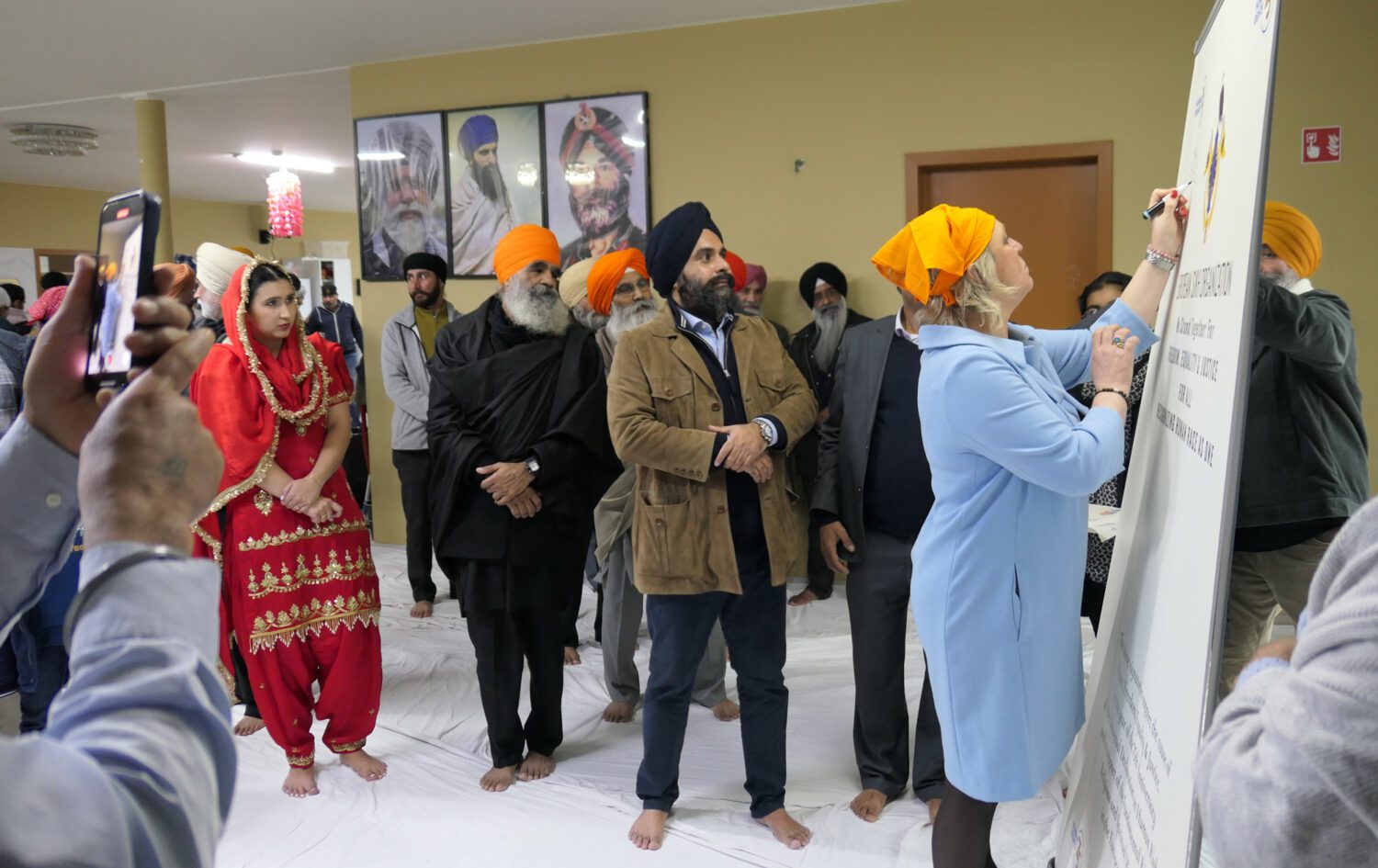Past lives is a question that sounds mystical. Have we ever lived before? My dear grandmother has always told me that there is no evidence that we have lived before.
I asked him if there was any evidence that no previous life existed. Of course not. At least 19% of humanity, or 1.4 billion people, according to a report, believe in reincarnation.
Have we lived before? Are past lives real?
More than 18,000 people in 23 countries participated in the survey conducted by the Global Research Society and the Institute for Social Research (Ipsos).
The survey also found that 7% of the people believe in reincarnation, while 23 percent believe that we only will “cease to exist”. About a quarter (26 percent) said they do not know what will happen after death.
Bobby Duffy, managing director of Ipsos, told Reuters (as reported in ReincarnationandDeath website) that “it may seem to many that we live in a secular world, but this study shows that spiritual life is important to the citizens of the world since half of them said they believed in a supreme being”.
“Also a large proportion of the remaining population is sure that there is a spiritual explanation to either how we got here or what happens after death.”
According to the survey, “definitive belief in a God or a Supreme Being” is highest in Indonesia (93 percent) and Turkey (91 percent), followed by Brazil (84 percent), South Africa (83 percent) and Mexico (78 percent).
Those most likely to believe in “many Gods or Supreme Beings” are in India (24 percent), China (14 percent) and Russia (10 percent). People who do not believe in God or a Supreme Being are most likely to live in France (39 percent), Sweden (37 percent), Belgium (36 percent), Britain (34 percent), Japan (33 percent) and Germany (31 percent).
So… do you actually think they are not real?
This is a fascinating question. Let’s walk around it a bit. Have you ever met people you didn’t know before but still know? Have you been particularly attracted or repelled by a city or place? Why is it that young children, who are supposed to have no experience of a certain thing, are always afraid of it? Many questions of this kind could be asked.
Those who believe in past lives have the answer: ‘these things come from past life experiences’.
But those who believe they don’t exist can answer just as strongly. DNA is often referred to as inheriting different traits from our parents. But what if you have skills and knowledge that no one else in your family has? How can DNA pass on knowledge or experience? I have seen very smart parents with children who had learning difficulties.
I have also experienced where in a poor family, where both parents and siblings had below-average knowledge, one of their children was still among the best learners.
He had his own difficulties because of his family background, but he was a very bright and clever boy and despite all the difficulties he came out at the top.
Of course, there are arguments for and against. But there is a lot of randomness about it. And this makes me doubt the materialistic explanations. We have all experienced feelings of being very attracted to something or very afraid of something. They all come from past life experiences.
Newer understandings and approaches
You may have read here and there about this or the other religion and how they deal with past lives. But how about newer religions? What does Scientology for example say about past lives?
Scientology, which was developed by L. Ron Hubbard, says we don’t live only once. We have lived before, and after death we are born again into another family. This is usually called reincarnation. Today’s general definition of reincarnation is “being reborn into different life forms”.
Its original meaning is slightly different. Originally it meant “to be born again into the flesh or into another body“. The Scientology faith is close to the latter. In Scientology, belief in past lives is not a dogma that everyone must believe. But in spiritual counseling (which they call auditing), past lives can be experienced.
According to accounts from Scientologists, auditing helps them to uncover and deal with painful memories and regain their abilities. The purpose is not to explore past lives, but to release people’s fears, bad feelings, weaknesses and restore their abilities, sometimes taking them to past lives, but not necessarily. In Scientology, they do not talk about past lives found during spiritual counseling because deal with it as “a very personal matter“. But many people state that they have experienced them, and that it has helped them get rid of their fears.
Scientologist, believe that the real roots of the problems of people did not begin in this life, but have been brought with us from the past, which is why it is necessary to examine our past lives. The idea of past lives is not unique to Scientology. Many other sciences and religions also say to recognize the existence of past lives. Spiritual counseling, or auditing (from the Latin audire, meaning “to listen or hear”), in Scientology is not the same or similar to procedures found in other sciences or religions. For example, unlike hypnosis, during auditing the parishioners are conscious all the time and can control events themselves with the help of a trained minister, called an auditor and because of that, unlike some other mental/spiritual practices, Scientology’s “auditing” is completely safe and easy for anyone to do.
[1] Reincarnation after death ?: How Many People In The World Believe In Reincarnation?



